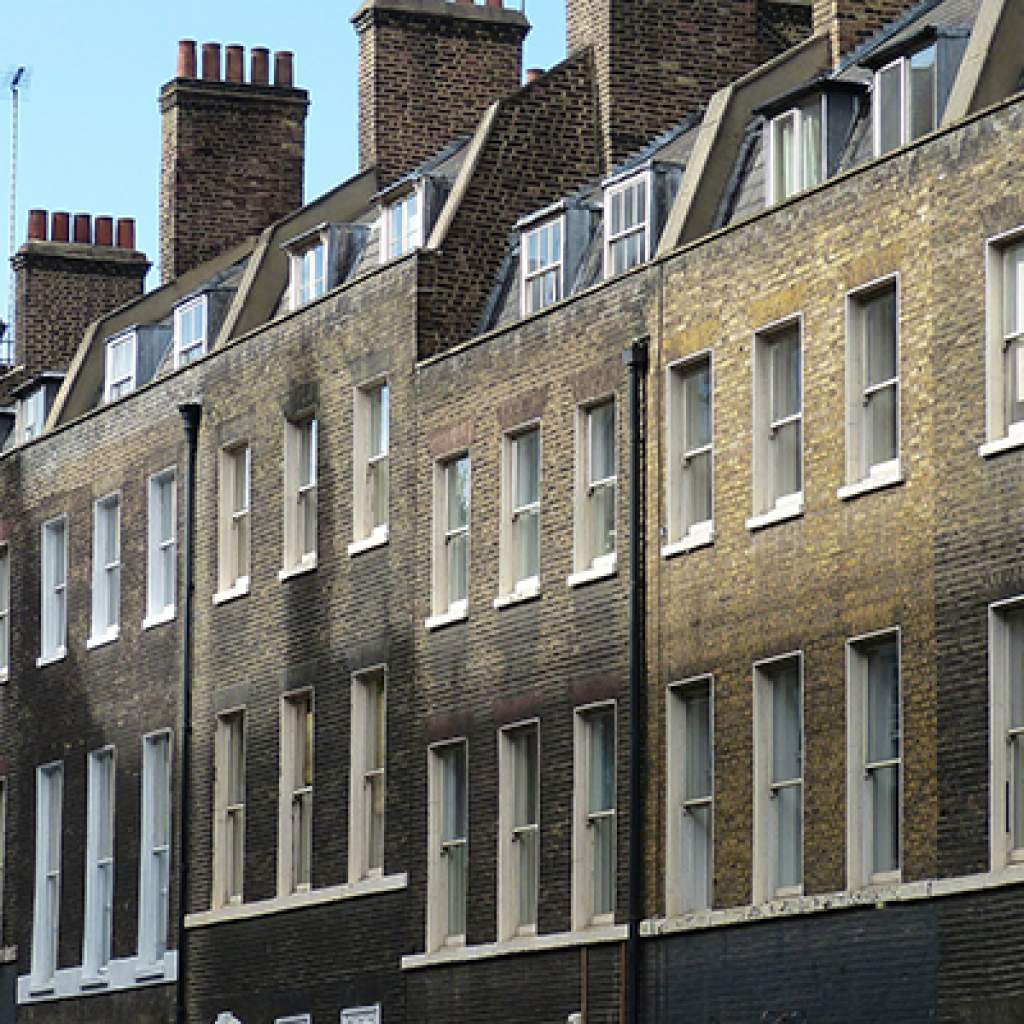Providing a broad overview of the availability and affordability of privately owned and social housing for local authorities in England and Wales, the Office for National Statistics (ONS) have released their latest report on the analysis of 16 housing summary measures.
These measures include data from multiple sources and provide a summary of recent trends in various measures of housing affordability and availability, for different tenure types.
The report details that the median price paid for residential properties in England and Wales overall was £207,500 in 2015. This is an increase of £12,500 representing a rise of 6.4% since 2014.
The median range across England and Wales is vast; the price paid is £77,000 in Blaenau Gwent with the median property price in Kensington and Chelsea revealed as nearly £1.2 million. Interestingly it is the latter area that was the only borough in London where the median price decreased. The report surmises that this is likely to be because of the increases in stamp duty payable on the most expensive properties from the end of 2014.
The report goes on to also cover the changes in the population across England and Wales and its effect on the housing market, noting that the population has increased steadily over time, but that this is not the only factor in the increasing demand for housing.
The report notes that another factor affecting housing demand is the characteristics and composition of residents that live in households.
Last year 28.6% of all households in the UK were occupied by people living alone. The report also considers the median gross annual salary for England and Wales – in 2015 this was £22,578.
The average gross annual salaries ranged from £16,384 in Blackpool to £37,909 in Westminster. Those local authorities which had higher than average salaries were also the areas that had the highest median house prices.
The effects of the property boom
Notably it is reported that the median price paid for a residential property in England and Wales has increased more than the median annual salary since 2002. This is mostly since there was a 5-year surge from 2002 to 2007 where the market saw a 59% increase and then again between 2011 and 2015 which saw an increase of 29%. Therefore, in 2015, the median price paid had increased by nearly 90% since 2002.
During the same period, the median annual salary increased by just over 30% – demonstrating that buying a house has simply become less affordable.
Repossessions
In England and Wales in 2015, 38.2% of all possession actions were claims, where a mortgage lender or landlord submits a claim to the courts to repossess a property, 29% were orders, 22.1% were warrants and 10.7% were repossessions. The highest possession actions were in 2008, during the economic downturn, since then there has been a decrease annually with the number of mortgage possessions has decreased annually and those made in 2015 was lower than in 2003.
Home ownership
The report provides information on ‘dwelling stock’ or privately owned housing. The percentage of privately owned housing in England and Wales in 2015 stayed at a similar level to the previous year, increasing by only 0.08% suggesting that the size of the private sector did not change much. In England, the Local Authority with the highest ownership of private housing was Castle Point in Essex, with Hackney Borough Council having the least number of residents who were likely to own their own home. Over in Wales the percentage of privately owned dwellings in 2015 ranged from 75.5% in Blaenau Gwent to 90.6% in Ceredigion.
New builds
The Government is aiming to increase the number of houses being built, so that anybody who works and aspires to own their own home can do so. The aim is to build 1 million homes by 2020, allowing for a higher proportion of owner occupied stock than in recent years.
The housing summary details how there has been a decrease in the number of new dwellings being built in England and Wales since the post-war boom of house building.
Following the downturn in 2008 and subsequent lull between 2010 and 2014, 2015 saw an increase in the number of new homes built to 20.5%. This represented the largest increase since 1964.
To read the summary in full click here




















